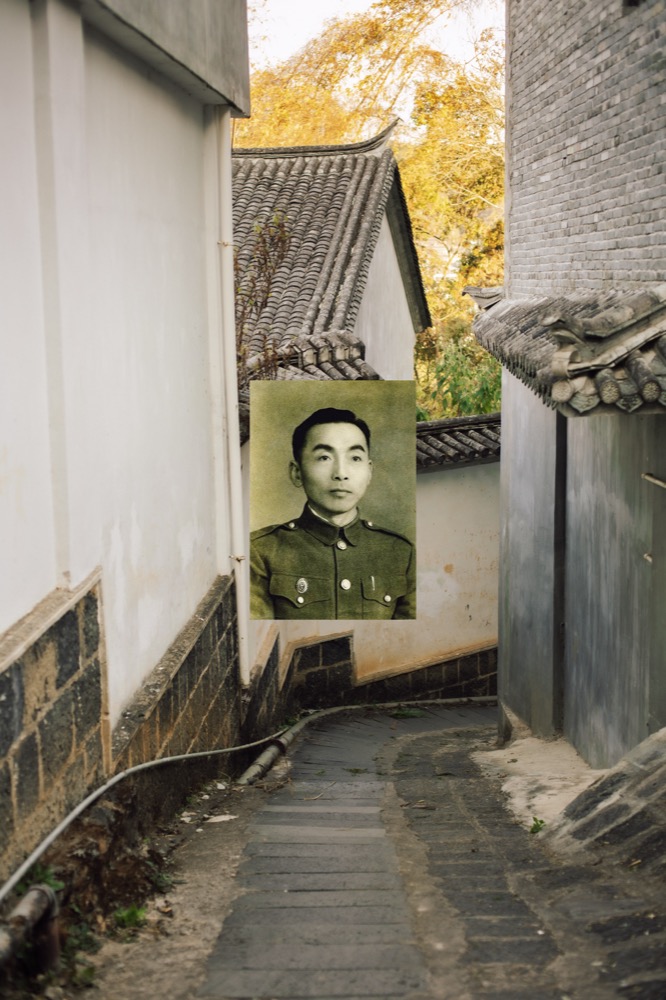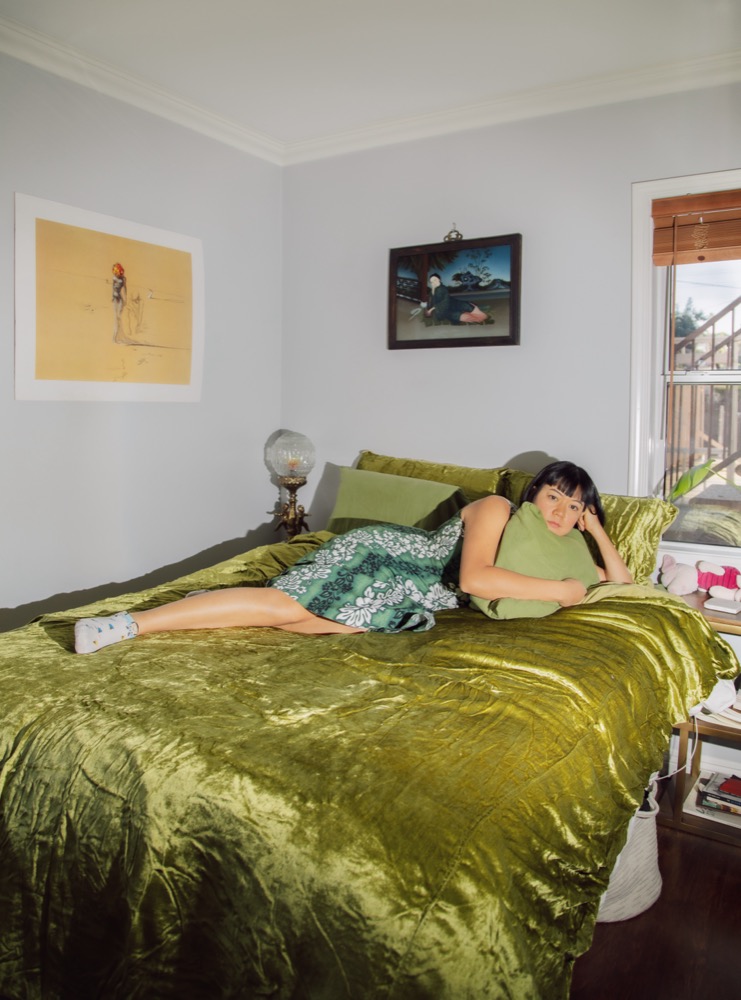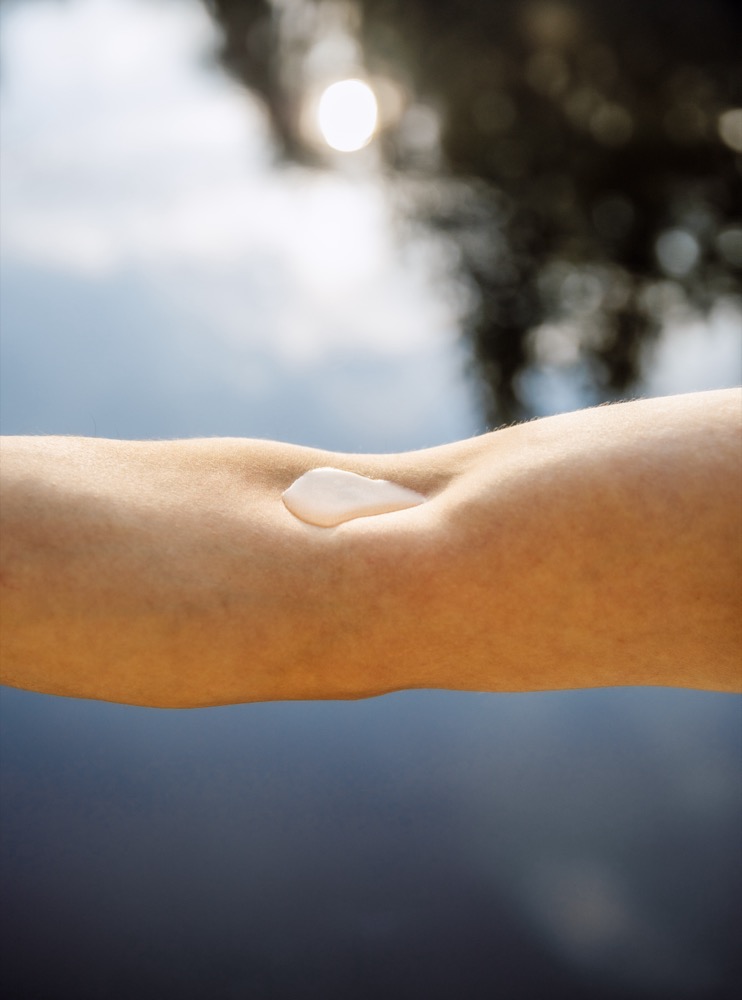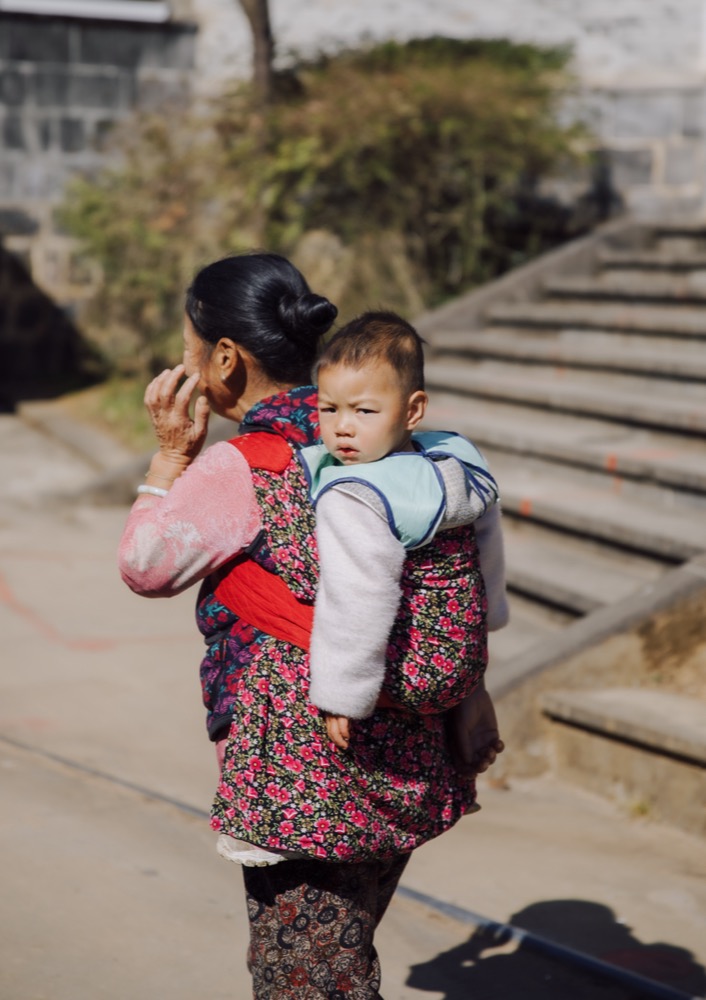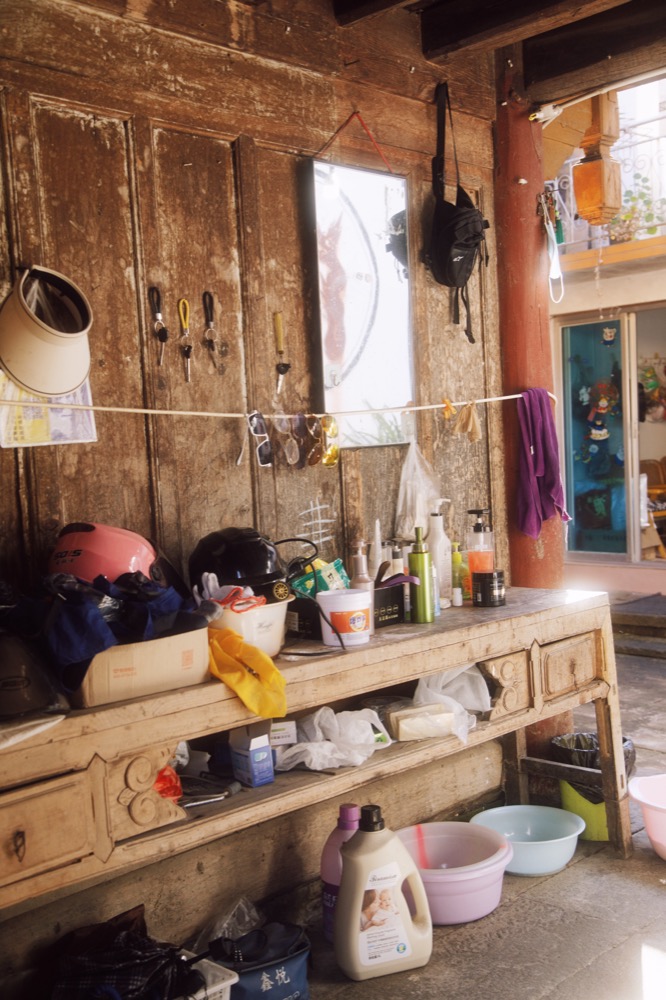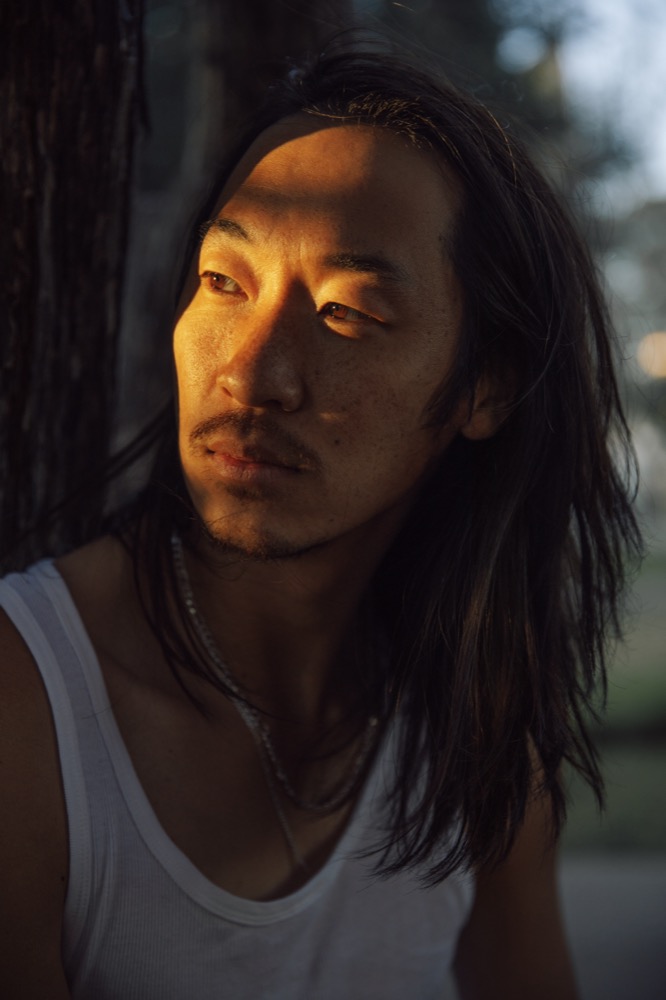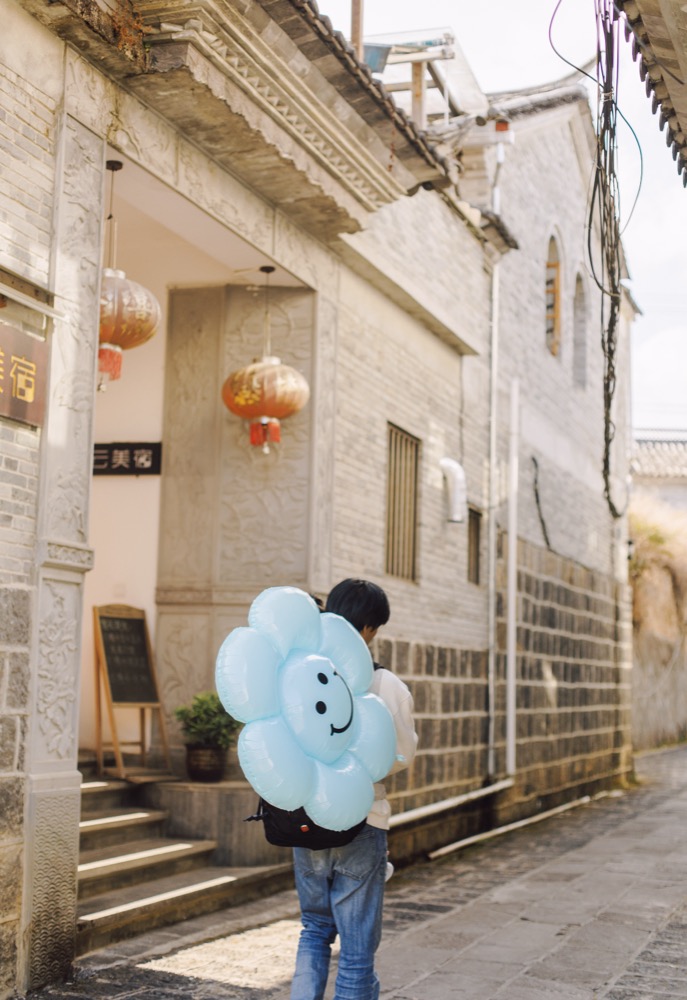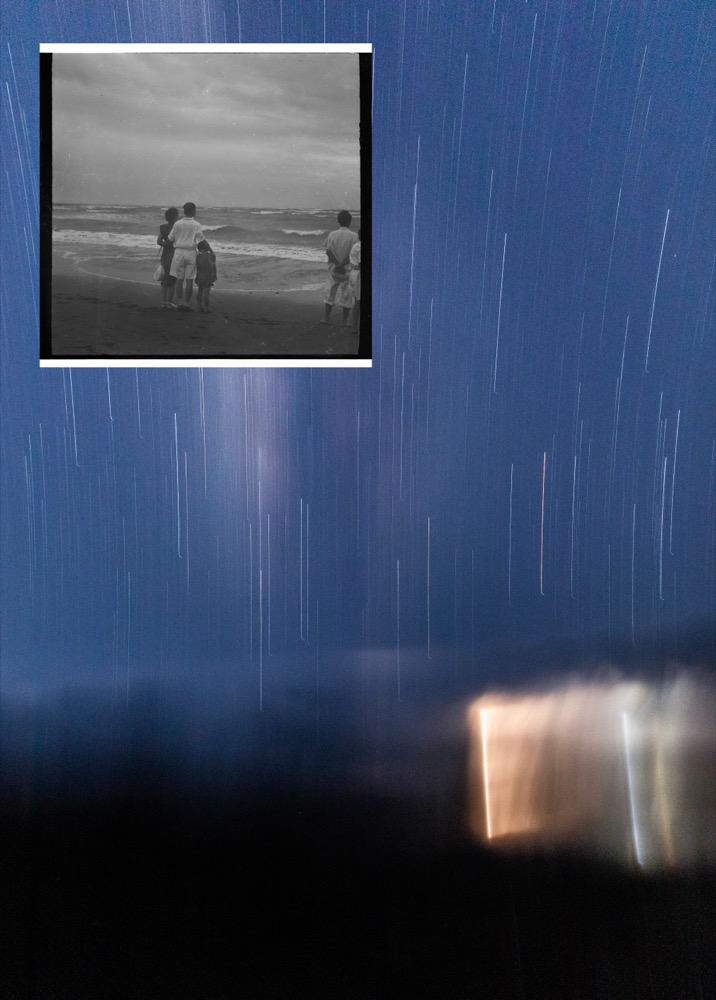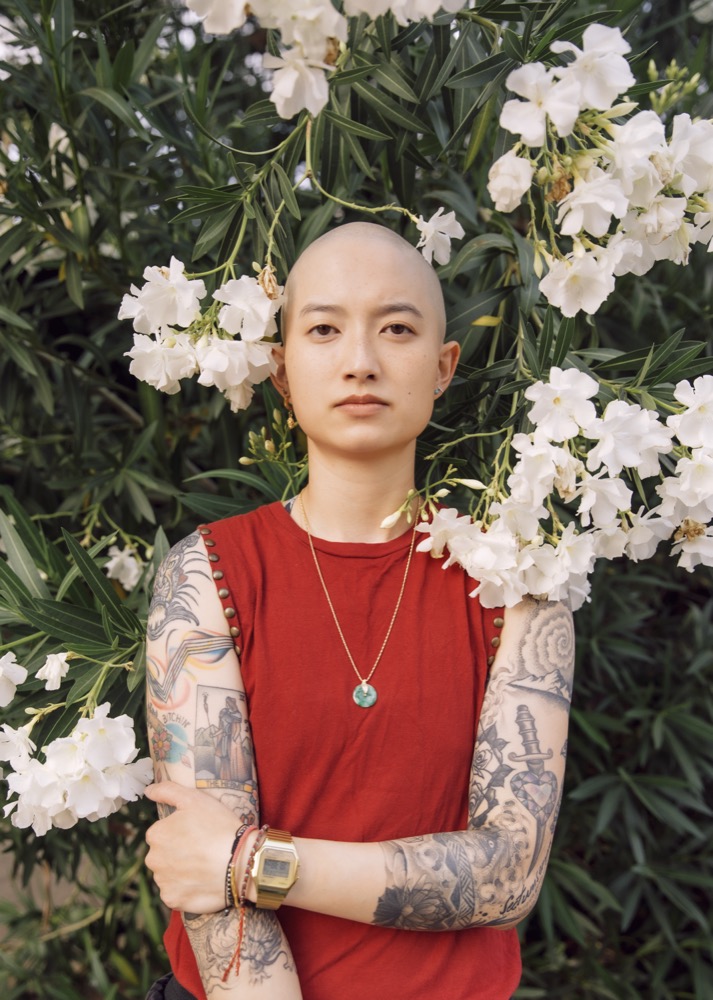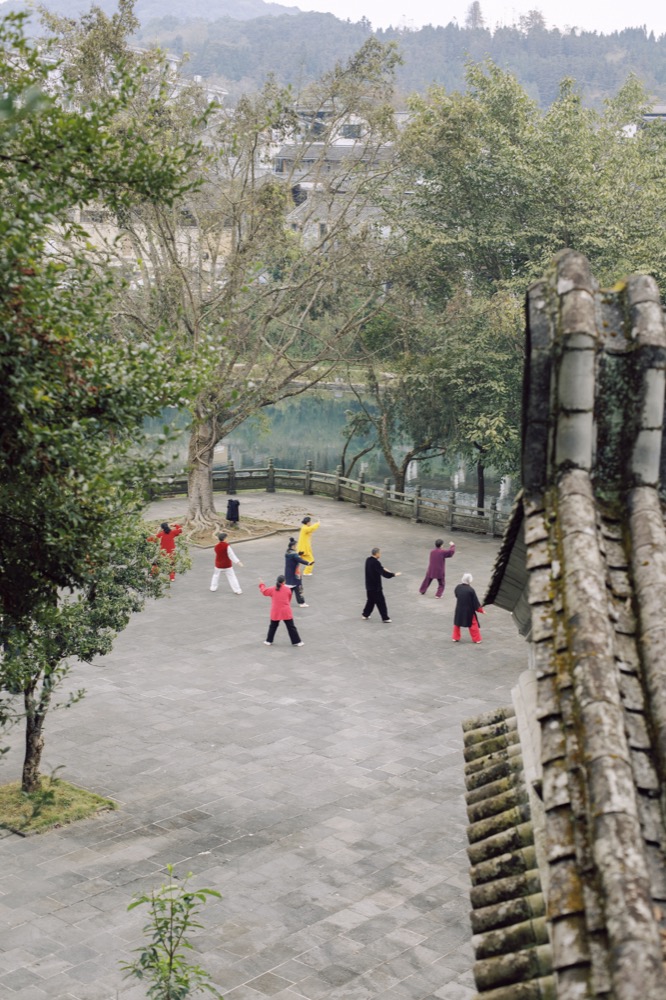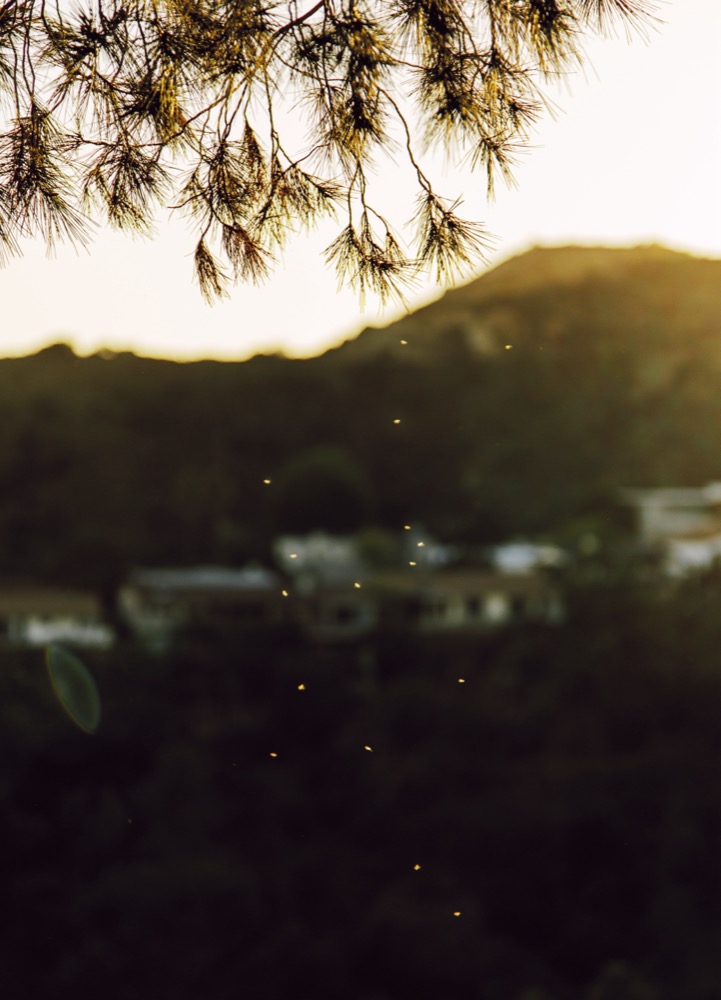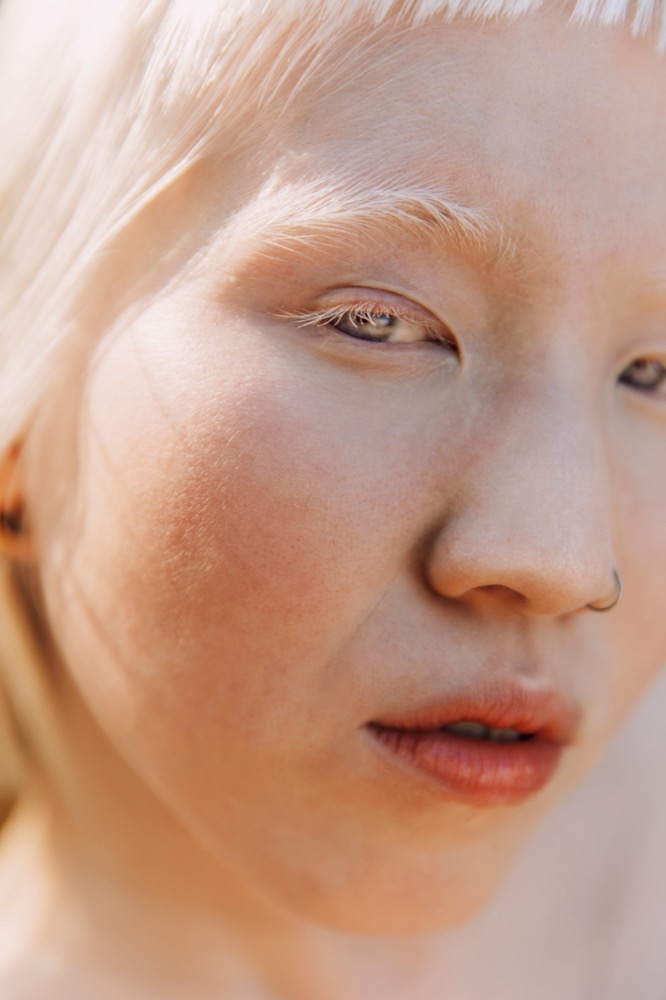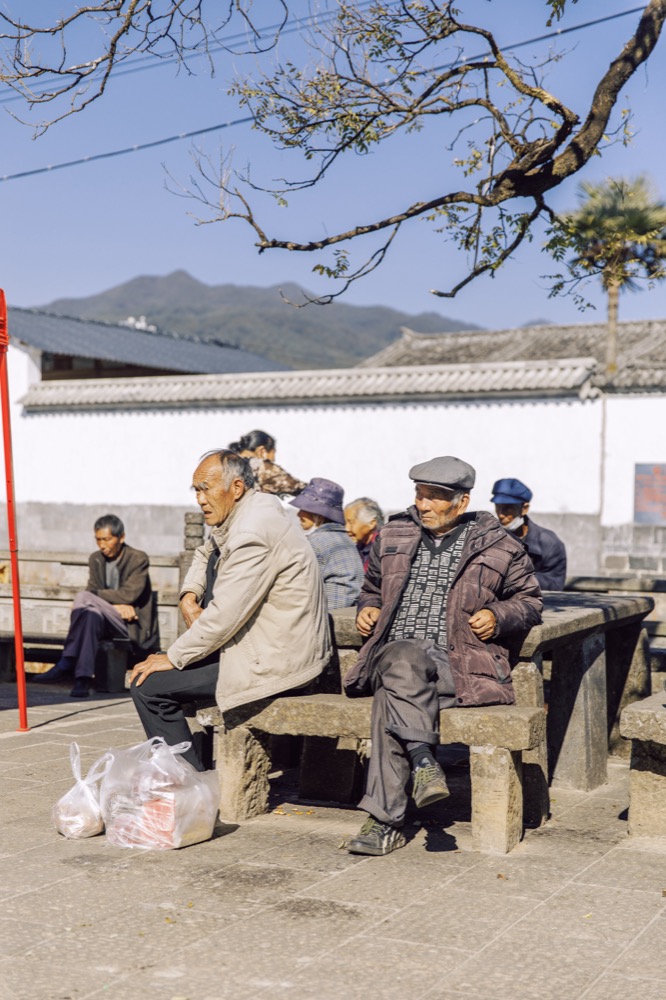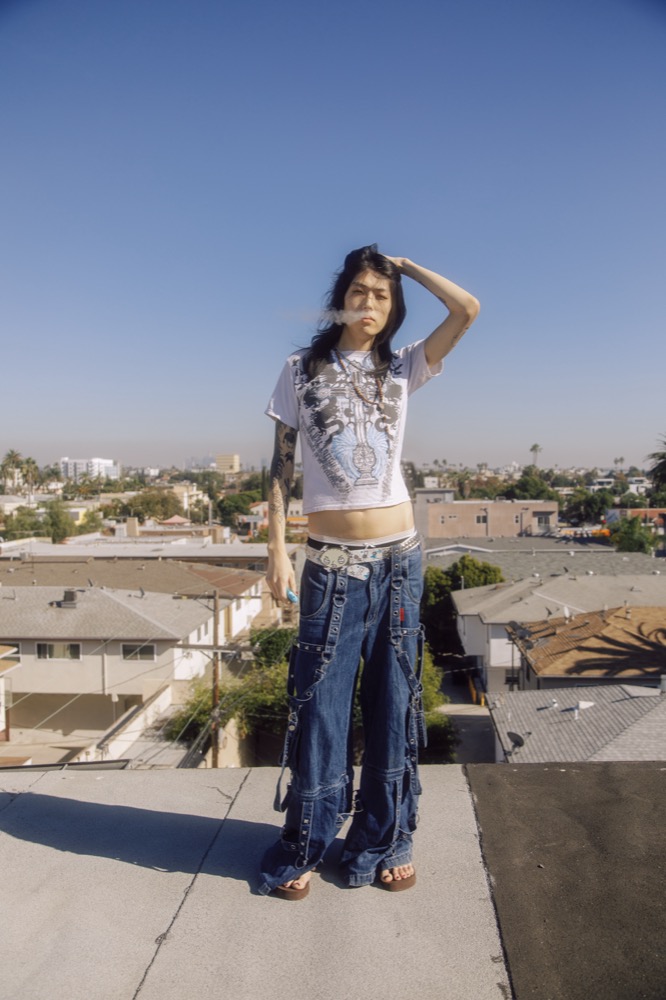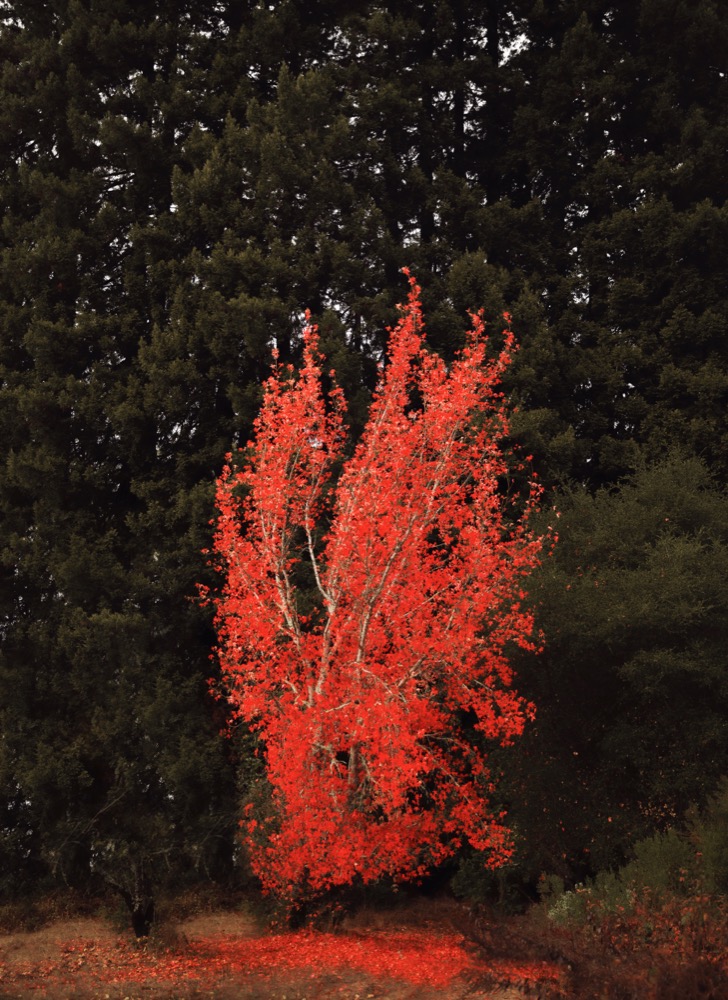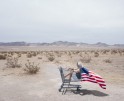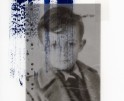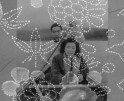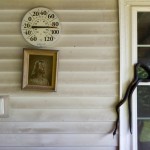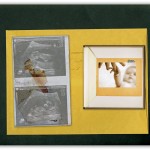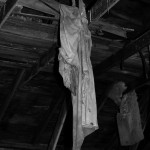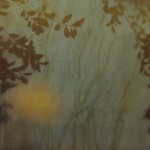Leafy Yun Ye: Now and Then
Lenscratch recently held its annual(-ish) call-for-projects, and the response was impressive. In total, there were over 500 submissions. We are eager to look through each of these entries and share some highlights over the months to come. Today I am in conversation with Leafy Yun Ye about her project Now and Then.
Leafy Yun Ye (b.1993) is a Los Angeles-based photographer, born and raised in Guangzhou, China. Her work explores the poetic connections between cultures, communities, personal experiences, and landscapes. Her work has been published in The New York Times, The Guardian, The Atlantic, Bloomberg, Dazed Magazine, Photovogue, etc. She has received the finalist for the Aperture Portfolio Prize 2023, AIS Open Women Behind The Lens, People Awards of the Independent Photographer, and the Adobe Creative Residency Community Grant. Her work has also been exhibited internationally at the 2023 Korea International Photo Festival at Hangar Art Museum, Photoville NYC, and others.
Instagram: @leafy.yeh
Now and Then
Now and Then, a poetic long-term photo book project initiated in 2019, delves into the intricacies of the migrant culture rooted in traditional Chinese heritage while diving deeper into the complexities and fluidity of identity formation within the Asian community in Los Angeles. As a single child raised in China who transitioned to life in the United States, I’ve been exploring the alternative narratives surrounding individuality, community, and gender norms within the context of diasporic cultures. This project serves as a dialogue bridging past and present, navigating the choices in between that shape our individual narratives. By juxtaposing images of preserved cultural heritage from rural China with contemporary lives in Los Angeles, my personal journey serves as a guiding thread weaving through time and space, spanning across two homes, cultures, memories and the present.
Daniel George: Tell us about how this project started. What prompted you to begin this work about personal and cultural history?
Leafy Yun Ye: In the beginning of Covid, I felt stuck in America, unable to return to China. To feel a sense of familiarity, I began spending time with and photographing Asian communities in Los Angeles. The project’s vision crystallized when I finally returned to Tengchong in 2022, where my great-grandfather, a Kuomintang General who led forces to liberate Tengchong during World War II with the aid of American troops, and where my parents now spend half the year as a second home. Growing up, I was immersed in the heroic tales of my great-grandfather, how he successfully recaptured Tengchong, making it the first Chinese city liberated from Japanese occupation. His legacy of liberation has been a central reference point in my work. Post-war, my great-grandfather immigrated to America with his second family, leaving my family—the first family—behind. Due to his ties to the Kuomintang, they were exiled to the harsh conditions of 1950s Xinjiang. I often faced pressure from my family, who came from hardship and a mindset of resilience, to uphold our family legacy while conforming to traditional gender roles and pursuing a stable career. This burden of family duty often conflicted with my desire for personal freedom and self-expression. After I moved to the US, I found myself navigating an entirely new cultural landscape while carrying the weight of these inherited expectations. The distance from home and immersion in a diverse Asian immigrant community gave me space to explore questions about identity, tradition, and selfhood that I had long suppressed. This project became a way to reconcile these layered influences by looking both outwardly at the Asian diasporic experience and inwardly at the parts of my heritage that I had both cherished and struggled against.
DG: You write that this project “serves as a dialogue bridging past and present, navigating the choices in between that shape our individual narratives.” How do you see these photographs functioning in this way?
LYY: I see these photographs as points of connection that allow the past to converse with the present by juxtaposing images of Tengchong and Los Angeles poetically, embodying tradition and modernity. This project asks what it means to remember where we come from while embracing who we are becoming. These image captures moments, symbols, and individuals that reflect choices made in balancing heritage with contemporary life, weaving together stories of identity, memory, and transformation. My personal story serves as a thread, weaving together these fragmented experiences, traditions and emotions, as the narrative blurs the realities of two worlds. For instance, the image of my great-grandfather’s portrait in an alleyway in Tengchong carries the weight of family legacy while existing as a personal moment as I retrace his steps and connect with his story in my own way. The image of a grandma carrying her grandchild in a traditional wrap reflects continuity and care for cultural practices, while urban portraits of younger generations suggest a desire to carve out new forms of identity. By placing these images side by side, the project illustrates how personal identity is shaped by choices made within a broader narrative of heritage. The photographs also function as reflections of my own journey—my personal connection to both the past and the present. The choices my subjects make echo my own decisions in navigating my family history, particularly as an immigrant. The portrait and scene carries a sense of familiarity. I hope this project invites viewers to consider how their own narratives are informed by their heritage, while also encouraging them to see that these inherited stories are dynamic and alive in the choices we make every day.
DG: In your artist statement, you mention that this work is guided by your personal journey. Yet your photographs focus outwardly. I am intrigued by this idea of looking at self through others. In what ways do you see yourself and experiences in these images?
LYY: Self is often understood in relation to others. Though this project is rooted in my personal journey and family history, its outward focus reflects my belief that identity isn’t singular or fixed. Identity is a mosaic, shaped by our choices, interactions, and shared experiences within a community. Through my subjects, I see others also choosing which parts of their heritage to keep, adapt, or reshape. As I document the lives of those around me, I discover that my journey is interwoven with theirs, creating a community of shared identities shaped by choice and circumstance. I find a sense of familiarity in their expressions, certain moments, personalities or environments that echos of my own. These choices, subtle or bold, shape who we are and who we want to become. By capturing these parallel journeys, I learned how identity is as much about collective belonging as it is about personal agency.
DG: I’m interested to hear more about your vision of this project as a book. Why do you feel that form best suits Now and Then?
LYY: A book form feels like a natural fit for Now and Then as it allows the project to unfold slowly, mirroring the reflective nature of navigating cultural identity and personal history. The book’s format creates a physical “liminal space” that invites readers into the interplay of personal and cultural history, encouraging a reflective and contemplative engagement that echoes the themes of the project. A way to show the contrast and continuity is through diptych in a book. Personally I love the act of flipping through photobooks, where each page reveals something new, unfolding the story one layer at a time. With each turn, viewers can encounter moments that raise questions like, “Is this in China or America?” This ambiguity mirrors the sensation of moving through memories—times, places, and identities blending together. The physical act of flipping also creates a back-and-forth motion that feels like navigating a continuum of traditions and modernity, seamlessly connecting past and present. I hope this tactile experience encourages a contemplative engagement, allowing viewers to become part of the journey as they pause, reflect, and piece together the story.
DG: Based on your experience being raised in China, moving and living in the United States, and making this work over the past several years, what more do you understand now about those narratives of “individuality, community, and gender norms within the context of diasporic cultures?”
LYY: Living between cultures has given me a deeper understanding of the complex nature of individuality and community within the context of diasporic cultures. Growing up in China, there was a strong emphasis on collectivism and familial duty—where personal aspirations often took a back seat. Moving to the United States, I encountered a cultural shift toward individualism, which encouraged me to pursue personal identity and self-expression. The transition to the U.S. has broadened my understanding of individuality and community by challenging the collectivist values I grew up with in China. The diasporic communities embody a unique interplay of these values, where individuals are constantly navigating how much to adapt and how much to hold on to tradition. Gender norms have been another area of significant transformation in my understanding. Growing up, traditional gender roles were strongly reinforced, with clear expectations for stability, duty, and responsibility. Moving to a culture where gender roles are more fluid and open to interpretation has challenged these expectations, prompting me to question the roles I was assigned. Making this project has given me the space to explore how individuals in the diasporic community negotiate similar challenges with gender norms. I see reflections of my own journey in the people I photograph, where some choose to uphold traditions while others push against the limitations they impose. What I understand now is that diasporic identity is marked by a fluidity that allows individuals to redefine themselves, especially when it comes to gender roles and expressions of individuality. This process isn’t about entirely rejecting or embracing any one culture or norm but rather about crafting the evolving identities that feels authentic in a dynamic multicultural landscape.
Posts on Lenscratch may not be reproduced without the permission of the Lenscratch staff and the photographer.
Recommended
-
Martin Stranka: All My StrangersDecember 14th, 2025
-
Interview with Maja Daniels: Gertrud, Natural Phenomena, and Alternative TimelinesNovember 16th, 2025
-
MG Vander Elst: SilencesOctober 21st, 2025
-
Photography Educator: Josh BirnbaumOctober 10th, 2025
-
Aiko Wakao Austin: What we inheritOctober 9th, 2025

